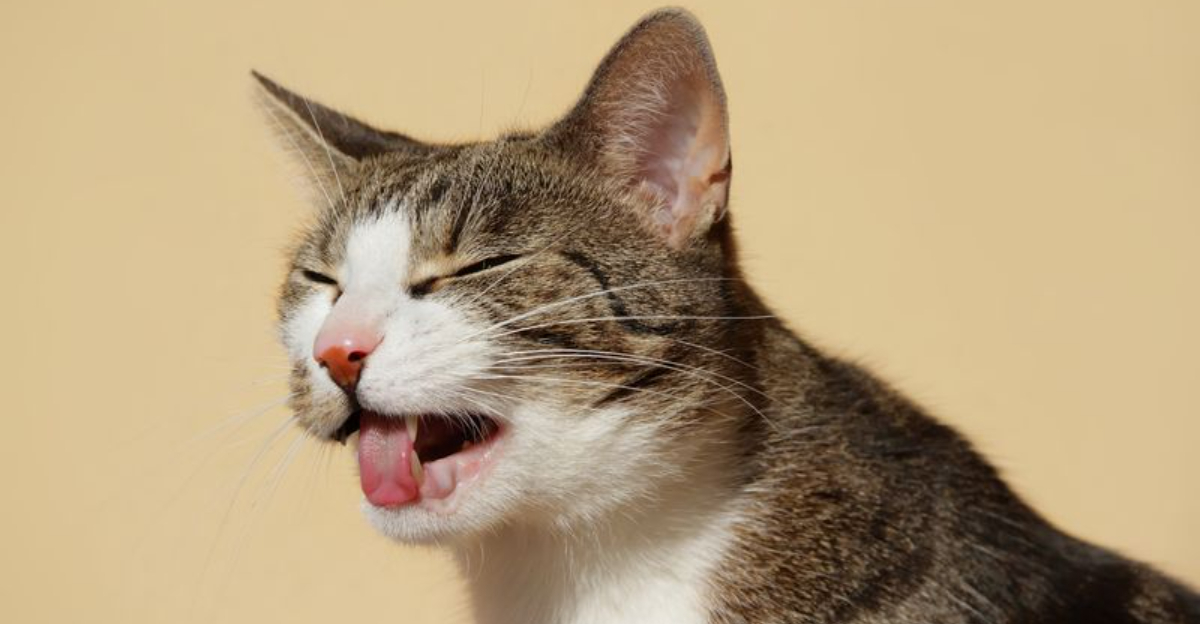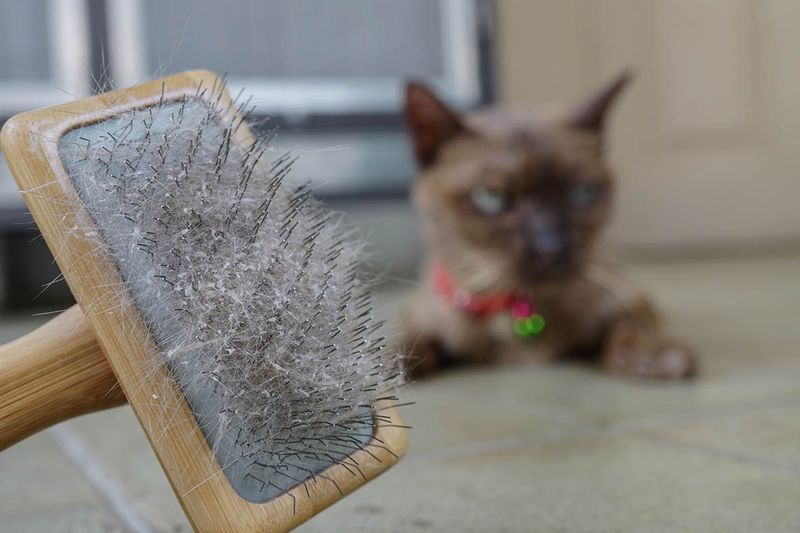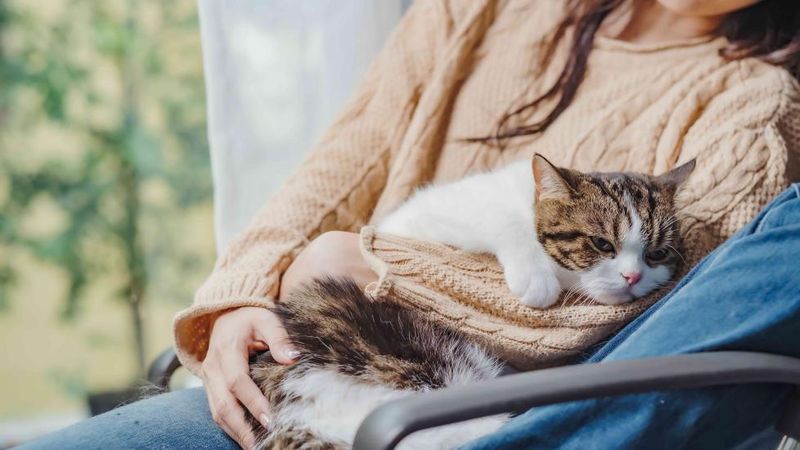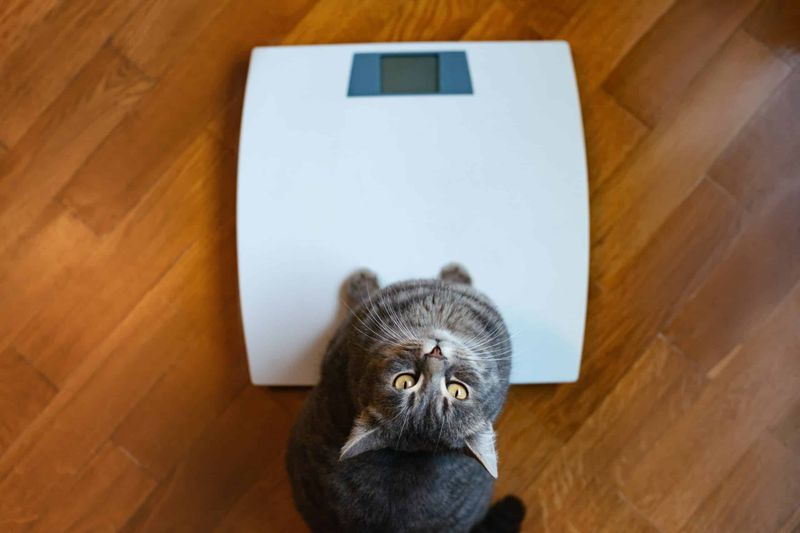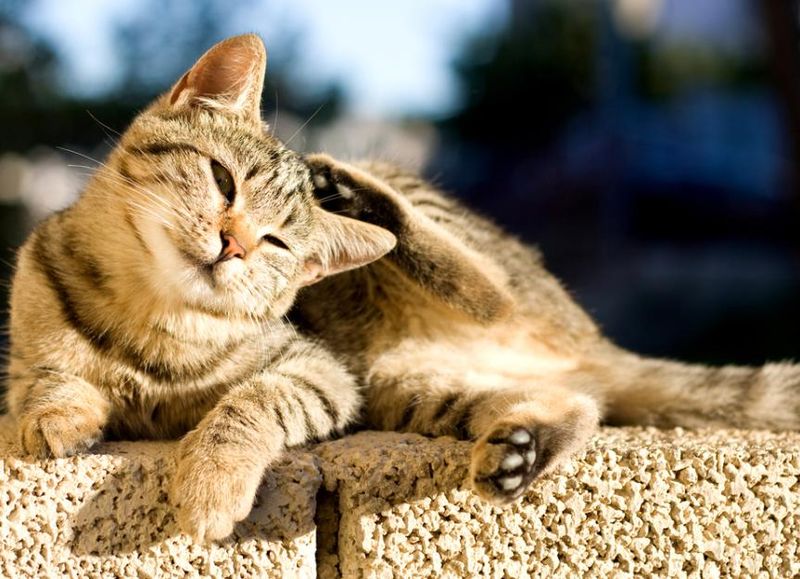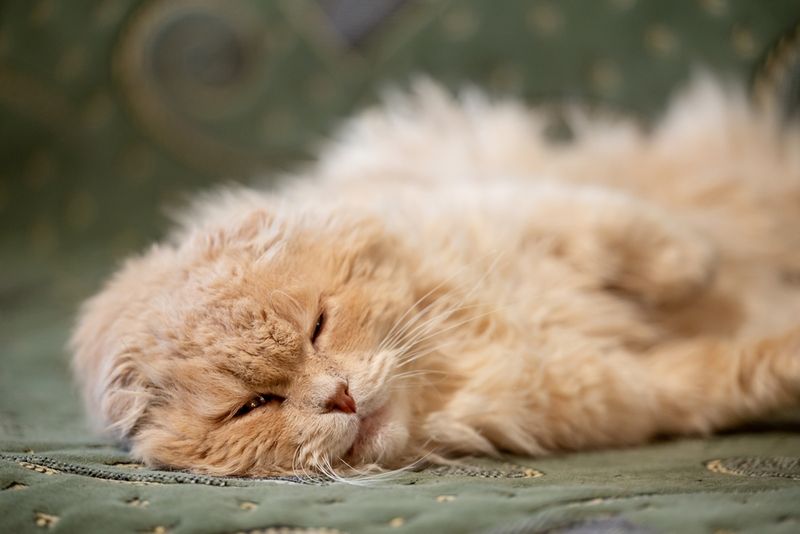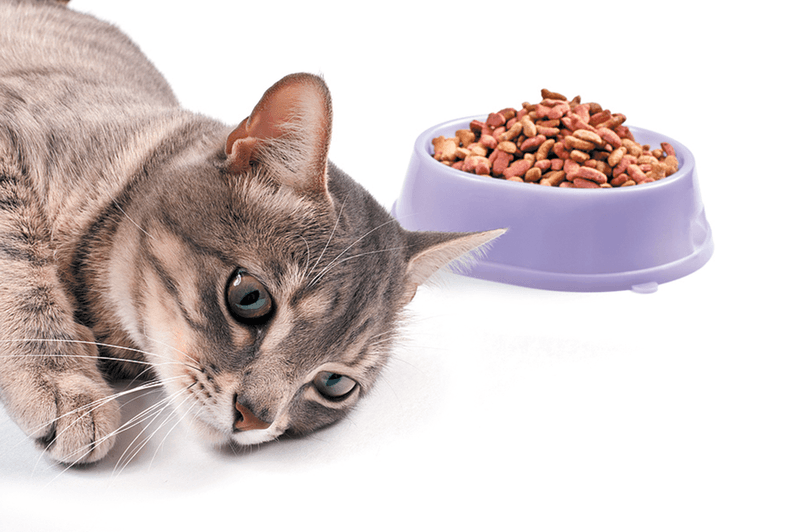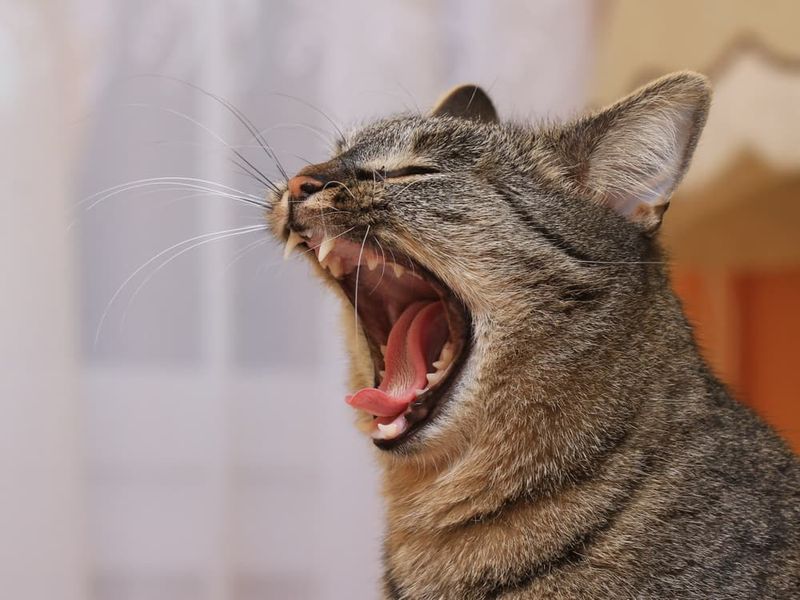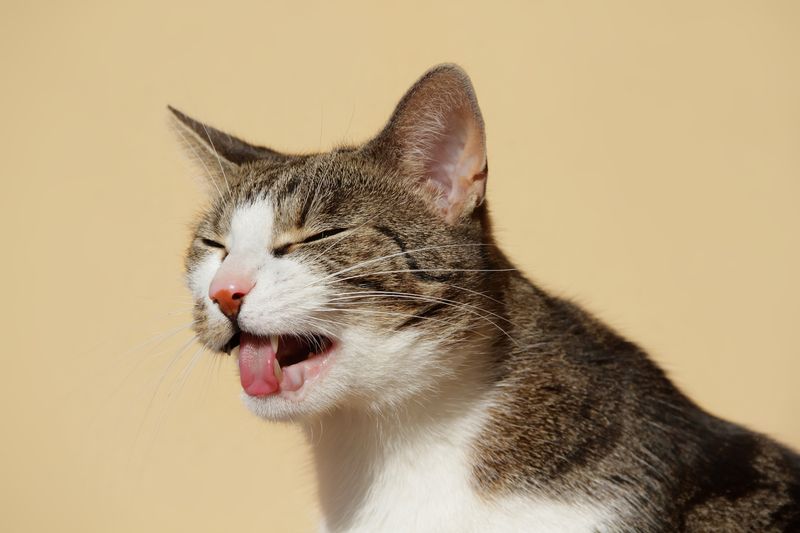📖 Table of Content:
Cats are notoriously independent, but when it comes to their health and wellbeing, they rely on us more than we might realize. One of the most overlooked aspects of feline care is their diet, yet it plays a crucial role in everything from energy levels to coat condition. Even if your cat seems content with their current food, subtle signs may suggest it’s time for a change.
Not all food is created equal, and even a brand that once worked well might not meet your cat’s evolving needs as they age or face new health challenges. Some cats develop food intolerances or sensitivities over time, while others may need more tailored nutrition to support their lifestyle. It’s easy to miss the warning signs, especially since cats often hide discomfort or illness until it becomes more serious.
Fortunately, your cat may already be giving you clues—through their behavior, appearance, and daily habits—that their food isn’t serving them anymore. By paying attention to these little signals, you can intervene early and ensure they’re getting the nourishment they need to thrive. Below are eight important signs that it might be time to rethink what’s going into your cat’s bowl.
1. Dull or Flaky Coat
A cat’s coat should be glossy and smooth, a visible reflection of their internal health. When fur becomes brittle, dry, or starts flaking with dandruff, it often signals a lack of essential fatty acids in the diet. Omega-3 and omega-6 play a crucial role in maintaining skin and coat condition, and many commercial foods skimp on these. Over time, poor-quality food can rob your cat’s skin of the nutrients needed for moisture and regeneration. This might also be accompanied by more frequent grooming, as your cat attempts to soothe the irritation. You may even notice more shedding or patchy areas where the coat has thinned. Reassessing their food’s ingredient list is an important first step toward restoring their outer shine.
2. Persistent Digestive Issues
Chronic vomiting or irregular stools aren’t just messy—they can be a clear sign of food intolerance or low-quality ingredients. Many cats are sensitive to common fillers, artificial preservatives, or certain proteins that can irritate their digestive system. If these symptoms occur frequently and your vet has ruled out illness, your cat’s diet is a likely suspect. Even a small mismatch in fiber content or protein source can throw a cat’s sensitive system out of balance. Digestive trouble might also show up as bloating or discomfort after eating, which can lead to loss of appetite over time. Some cats develop allergies that require hypoallergenic or limited-ingredient foods to manage symptoms. Switching to a more digestible formula can often bring rapid relief and promote better gut health.
3. Sudden Weight Gain or Loss
Unexplained changes in weight—whether gain or loss—can point to an imbalance in caloric intake or nutrient absorption. Cats that are gaining weight may be consuming too many empty calories from carbohydrates and fillers instead of lean protein. On the flip side, weight loss might indicate the food isn’t calorie-dense enough or isn’t being absorbed properly. Sometimes aging or a medical condition can change metabolic needs, making previously suitable food inappropriate. Overweight cats are at risk for diabetes, arthritis, and heart disease, while underweight ones may suffer from weakened immunity and muscle loss. Maintaining a stable weight starts with feeding the right food in the right amount. Monitoring changes and consulting your vet can help pinpoint if diet is the underlying issue.
4. Excessive Scratching or Skin Irritation
Unusual scratching, licking, or biting at the skin often goes beyond fleas or seasonal dryness—it may be a reaction to something in the food. Allergies to proteins like chicken or additives like dyes and preservatives can manifest through the skin. You might notice redness, small scabs, or bald patches where your cat has been aggressively grooming. Reactions may be delayed, making it hard to connect them to specific meals unless closely tracked. Certain cats also develop recurring ear infections or inflamed paw pads as allergic symptoms. By switching to a novel protein or limited-ingredient formula, many pet owners see improvement within weeks. Relief from itching not only improves comfort but also reduces the risk of secondary infections.
5. Lethargy or Decreased Activity
When a normally curious and active cat becomes disinterested in play or naps more than usual, it’s worth considering whether their diet is the root cause. Food lacking in essential nutrients—like B vitamins, taurine, or high-quality protein—can lead to low energy. Poor digestion or blood sugar fluctuations from high-carb foods can also contribute to this sluggishness. While cats do enjoy their sleep, a noticeable drop in overall engagement is a red flag. Senior cats in particular need carefully balanced diets to support joint health and mobility. Reinvigorating your cat’s energy levels might be as simple as switching to a more nourishing, age-appropriate formula. Observing behavior changes over time can help you determine whether the issue is food-related.
6. Refusal to Eat
Sudden pickiness around meals can be frustrating, especially when your cat used to devour their food. This may reflect a decline in palatability due to stale ingredients, boredom with the flavor, or even a change in food formulation that isn’t noted on the label. Cats also have a strong sense of smell, and any off odors can lead to immediate rejection. Dental pain or nausea—sometimes caused by diet—can make eating uncomfortable. If your cat sniffs the food and walks away repeatedly, it’s time to investigate. Some cats thrive with more variety in texture or flavor, while others do better on a fixed recipe with better quality ingredients. Tracking their feeding habits closely can help identify the right switch to make.
7. Bad Breath
Though many cat owners accept “fishy” breath as normal, persistent foul odor from your cat’s mouth may indicate an issue rooted in diet. Poor-quality food can contribute to plaque buildup, which leads to periodontal disease and bad breath. Additionally, certain digestive problems caused by inappropriate food can also make their way up as halitosis. This might be especially noticeable after meals or when grooming. Cats fed dry kibble exclusively may not get enough oral cleaning action, especially if the food is low in natural enzymes. Switching to a higher-protein, moisture-rich, or raw diet can sometimes help combat this issue from the inside out. Dental checkups and better food choices together make a significant difference.
8. Frequent Hairballs
Hairballs are a natural result of grooming, but if you’re cleaning up piles every few days, it may be time to rethink your cat’s diet. A lack of sufficient fiber can slow digestion, making it harder for hair to pass through the system. Some cats also have underlying sensitivities that increase shedding or reduce their gut’s ability to move ingested fur effectively. Foods formulated specifically for hairball control contain special blends of fiber and fatty acids to help. You may also notice that improving hydration and moisture in the diet can make a big difference. Wet food, raw options, or water additives can support smoother digestion overall. With the right nutritional support, many cats experience fewer hairballs and less discomfort.
